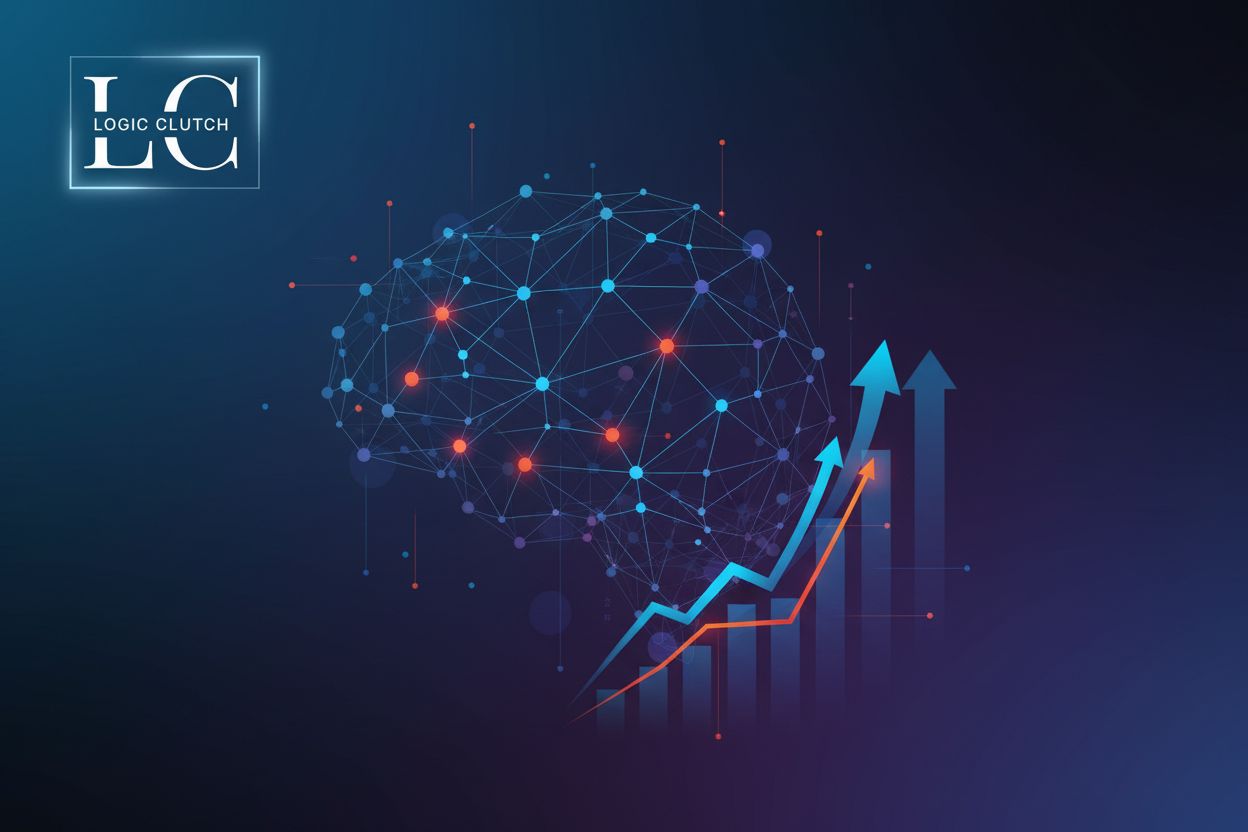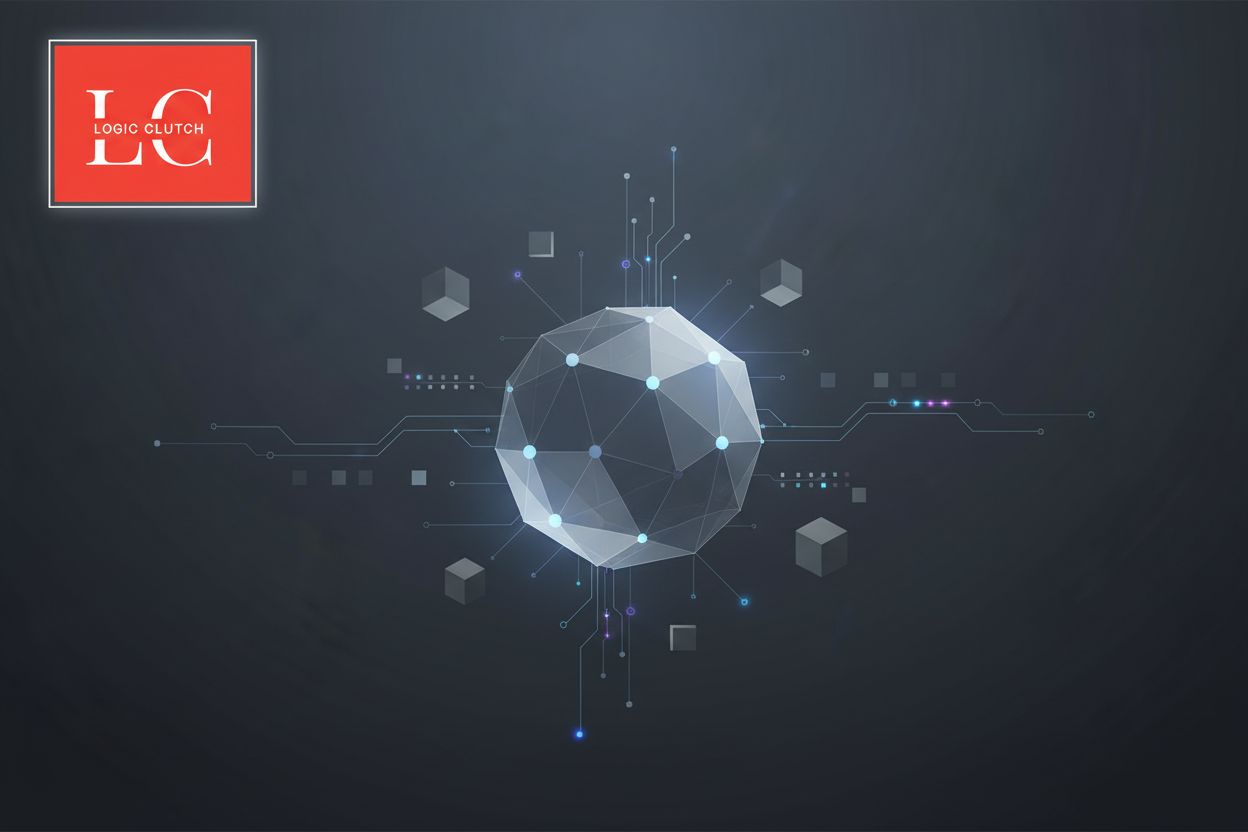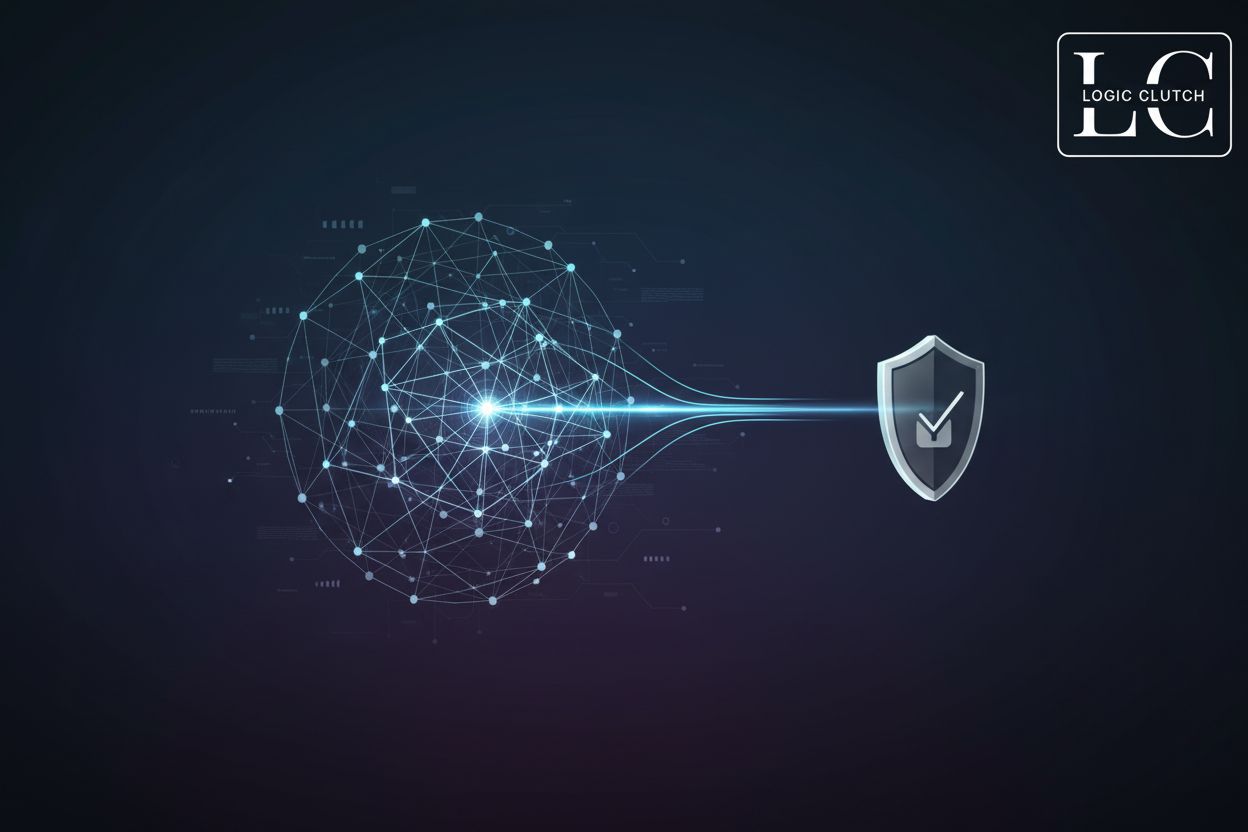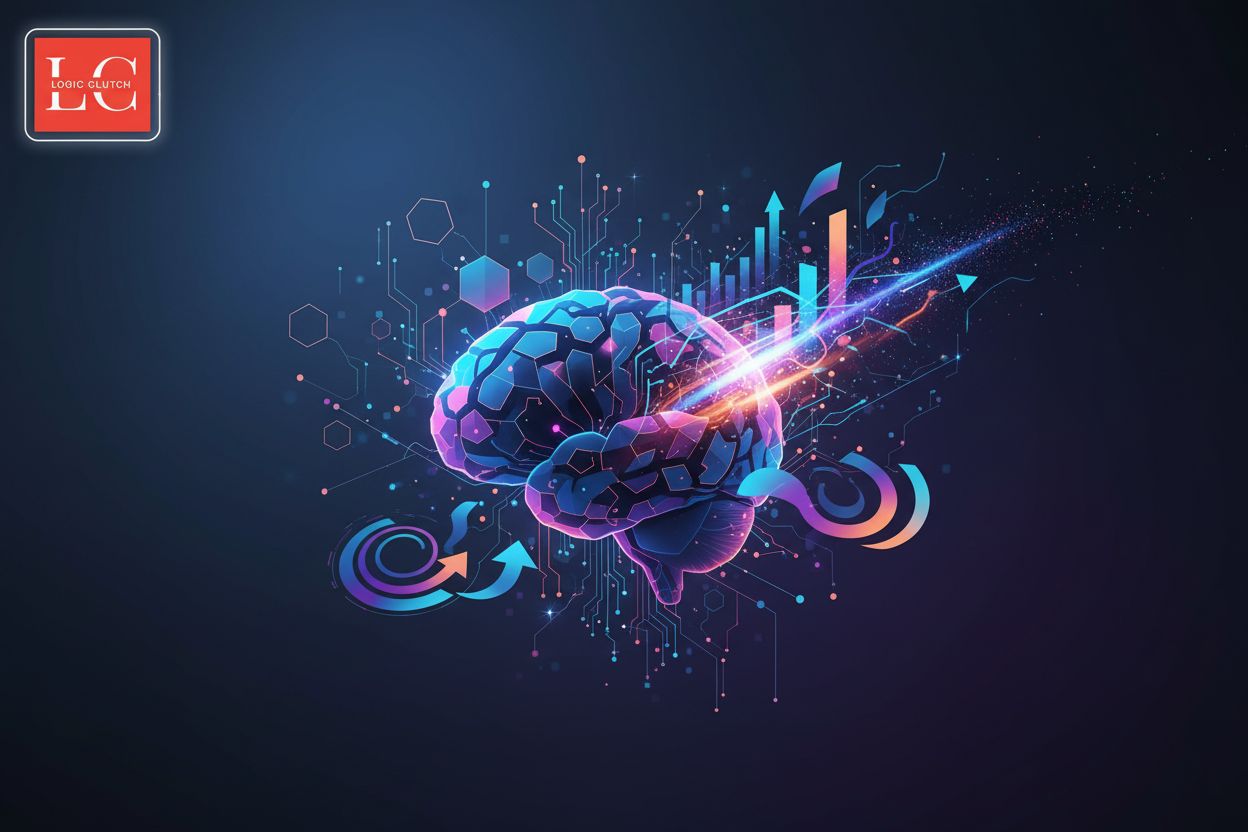Introducing AI Monitoring for Enhanced Enterprise Insights
TL;DR
The Evolution of Enterprise Monitoring: From Traditional to AI-Driven
Did you know that the amount of data created daily is just, mind-boggling? (How Much Data Do We Create Every Day? The Mind-Blowing Stats ...) It's no wonder traditional enterprise monitoring is struggling to keep up. So, how do we fix things? Let's dive in, shall we?
Traditional enterprise monitoring systems – they were, well, kinda clunky. (Site-Reliability Engineering - The Major Flaw of Traditional Monitoring) Think of it like trying to herd cats, except the cats are critical system errors.
- Manual processes? Yep, lots of them. This means more time spent troubleshooting, and less time innovating. (In 2025, I resolve to spend less time troubleshooting - Causely) Plus, humans make mistakes; it's kinda what we do.
- Reactive, not proactive: Waiting for things to break before fixing them? Not ideal. It’s like waiting for your car to break down on the highway instead of getting regular maintenance.
- Limited real-time insights: You're basically driving with a foggy windshield, trying to make important decisions.
- Data overload: These systems just weren't built to handle the sheer volume and complexity of today's data. Trying to find a needle in a haystack comes to mind.
Enter ai. Finally, a way to make sense of the chaos. It’s not perfect, of course, but it's a huge leap forward.
- Automation is key: ai can automate so many of the tedious monitoring tasks. Freeing up your team to actually, you know, think.
- Proactive problem-solving: ai can spot anomalies before they cause major headaches. Imagine ai flagging unusual activity in a financial transaction system, potentially preventing fraud before it happens.
- Real-time insights on steroids: ai provides a much clearer view of what's going on, allowing for faster, smarter decisions.
- Scalability: Got a ton of data? ai can handle it. It's designed to scale with your needs.
So, ai is changing the game, but how exactly does it overcome the limitations of traditional systems? Next up, we'll dig into the specific ways ai is revolutionizing enterprise monitoring.
AI Monitoring: A Deep Dive into Functionality
Okay, so you're probably wondering what ai monitoring actually does, right? It's more than just a fancy dashboard, trust me. It's like giving your enterprise systems a super-powered brain.
At its heart, ai monitoring is really about a few key things working together. Think of it as a well-oiled machine, or maybe a really smart robot.
- Data ingestion and preprocessing: It sucks up data from everywhere – servers, apps, databases, you name it. Then, it cleans it up so the ai can actually make sense of it. It's like teaching a baby to eat solid foods; you gotta puree it first.
- Machine learning algorithms: This is where the magic happens. These algorithms learn what's "normal" for your systems, so they can spot when something's off. Think of it like a doctor who knows your medical history inside and out.
- Real-time dashboards and visualizations: Forget staring at endless logs. ai monitoring gives you easy-to-understand dashboards that show you what's happening right now. It's like having a weather report for your it infrastructure.
- Automated alerting and incident management: When something goes wrong, ai can automatically send alerts and even kick off incident management workflows. This means faster response times and less downtime.
So, what can you actually do with all this fancy ai? Plenty. It's about more than just knowing when something breaks.
- Anomaly detection: ai can spot weird patterns that humans would miss. For example, in retail, it might detect unusual spikes in website traffic that could indicate a bot attack.
- Root cause analysis: Instead of just knowing something's broken, ai can help you figure out why. Imagine ai identifying a faulty network switch as the reason for slow application performance.
- Predictive analytics: ai can forecast potential problems before they even happen. For example, in healthcare, ai could predict equipment failures based on usage patterns and sensor data, allowing for preemptive maintenance.
- Performance optimization: ai can find bottlenecks and areas for improvement in your systems. It's like having a personal trainer for your it infrastructure, helping it run faster and more efficiently.
Okay, so we've covered the basics of what ai monitoring is and what it does. Next up, we'll look at how you can actually put it to work in your organization.
Leveraging AI Monitoring within the Salesforce Ecosystem
Okay, so you've got Salesforce humming along – now what? Turns out, slapping some ai monitoring into that ecosystem can seriously boost your insights. It's like giving your crm a pair of x-ray specs.
Think about it: Salesforce is already a goldmine of customer data. But raw data is just, well, raw. ai monitoring can sift through all that noise and bring the important stuff to the surface. It helps you understand what's really going on.
- Boost Sales Performance: ai can keep tabs on your sales pipeline, spot deals that might be at risk, and give you a heads-up before they go south. Imagine, ai noticing a key decision-maker suddenly stops engaging; it could flag that account for immediate attention.
- Reduce Customer Churn: ai can analyze customer interactions to detect early warning signs of churn. Is a customer suddenly using your service less? Are they lodging more complaints? ai can spot it, giving you a chance to intervene.
- Smarter Marketing: ai can also help optimize your marketing campaigns by analyzing which leads are most likely to convert. This means less wasted ad spend, and more happy customers.
- Better Customer Service: ai can proactively identify and address customer service issues before they escalate. For example, if ai detects a pattern of customers struggling with a particular feature, it can trigger an alert to your support team.
So, what do you really get out of all this? It's not just about fancy charts and graphs, it's about real, tangible improvements.
- Increased sales and revenue, of course.
- Happier, more loyal customers (less churn, yay!).
- More efficient marketing campaigns.
- Lower operational costs (because you're fixing problems faster).
Sounds pretty good, right? Next, we'll dive into the concrete benefits for Salesforce users.
Use Cases: Real-World Applications of AI Monitoring
AI monitoring isn't just some buzzword, it's actually making a difference in how companies operate, believe it or not. Let's look at how it’s being used in the real world, shall we?
Healthcare: Imagine a hospital using ai to monitor patient data in real-time. It can detect anomalies that might indicate a developing infection before traditional methods would catch it. This means faster treatment and potentially saving lives. It's not just about efficiency; it's about better patient outcomes, don't you think?
Retail: Ever wonder how some retailers seem to know what you want before you do? ai monitoring plays a big part. By analyzing customer shopping patterns, ai can predict demand and optimize inventory. This reduces waste and ensures that the products customers want are always in stock.
Finance: Fraud detection is a huge deal in the financial industry. ai can monitor transactions in real-time, flagging suspicious activity that could indicate fraud. This protects both the financial institution and its customers. And that's something we can all appreciate.
Manufacturing: ai can monitor equipment performance, predicting when maintenance is needed. This prevents costly downtime and extends the life of the equipment. It's like having a crystal ball for your machinery, honestly.
So, what's the takeaway? ai monitoring isn't just a fancy tool – it's a game-changer across industries. It's helping companies be more proactive, efficient, and ultimately, more successful.









